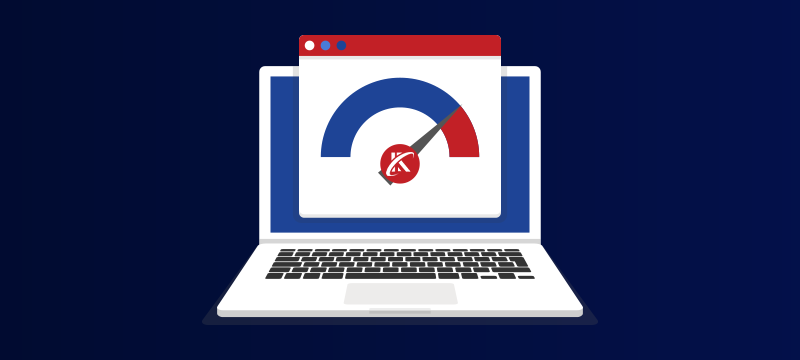Load testing is a simulation in which you test how well your website behaves under different conditions. It’s an important test that can highlight problems, bugs and bottlenecks that affect the performance of your website and indicate whether your current hosting package is large enough and powerful enough for your needs. Here, we’ll look at four reasons to carry out load testing.
- Knowing your traffic limits
Every website owner wants their website to get lots of visitors, however, the more visitors you get at the same time, the more resources your server will need to use. If visitor numbers become too high, the resources you have available on your hosting package might not be sufficient to meet demand and this can cause your website to perform less well or, in the worst-case scenario, crash altogether.
Carrying out a load test will inform you of the maximum number of users your website can comfortably deal with at any one time. If this is insufficient for the amount of traffic you are likely to get, especially at peak times, or indeed the amount of traffic your business needs to stay viable, then it’s a clear indication that you will need to upgrade to a larger hosting package. - Discover website bugs
Another key benefit of carrying out a web load test is that it can uncover bugs and other issues with your website. It can, for example, detect problems that impact the user experience, problems that can quickly lead visitors to abandon your site and lose you valuable revenue.
New websites should have been thoroughly tested during development; however, if you have made changes to your site, installing new plugins or themes, for example, retesting will help you find out if the site’s new features have a negative effect on behaviour and performance. If they do, it allows you to rectify any issues before the updated site goes live. - Improving performance
Any development of your website can potentially lead to issues with the site’s stability, performance and scalability. While you can deal with some issues during development, it is only during a load test where you can see how any changes impact your site during times of maximum demand. It’s at this point, therefore, that some issues might come to light.
The value of load testing in these circumstances is that it can lead to developments that actually improve performance. It can, for example, help you optimise the coding and database so that the time needed to make a server request is reduced. It can also help you increase the peak amount of traffic your website can deal with, reduce memory leaks and help prevent your site from crashing. - Reliability for users
The ultimate aim of load testing is to make sure your website remains reliable, i.e., that it stays online and functions without issue. There are several reasons this is critical. First and foremost, if your website is down, no-one will be able to visit. Additionally, a broken website can have damaging effects on your brand’s reputation, making your business look unreliable or even suspect. Poorly performing websites have a similar effect, deterring users from staying on the site or returning. What’s more, poor reliability and slow loading both affect your website’s ranking on search engines and can reduce the numbers of organic visitors you receive.
Ways to improve load test performance
If you have tested your website and found it isn’t performing well or able to handle the amount of traffic your business needs, there are things you can do. By cutting the amount of data the site needs to send during each request, you can increase the number of requests the server can handle. One of the easiest ways to do this is to disable any unnecessary plugins that your website uses. You can also try to limit background tasks, like backups, or schedule them for the least busy times. Image optimisation, caching, compression, script minification and content delivery networks can also help reduce the burden.
If non-of these provides the traffic and performance capacity you need, your only real option is to upgrade to a larger hosting package. This can provide you with the additional CPU, RAM, disk space and bandwidth your website needs.
Conclusion
Load testing is an important test that will help you find out the capacity of your website to cope with demand. It is best done after any major changes you make to your site, such as adding a new plugin or theme. Once done, it should highlight any issues that you need to make to help your site run optimally. However, at the end of the day, the volume of traffic you start to receive may mean a more powerful solution is necessary.
If you are considering upgrading to a more powerful hosting package, visit our homepage to see our wide range of hosting solutions.

